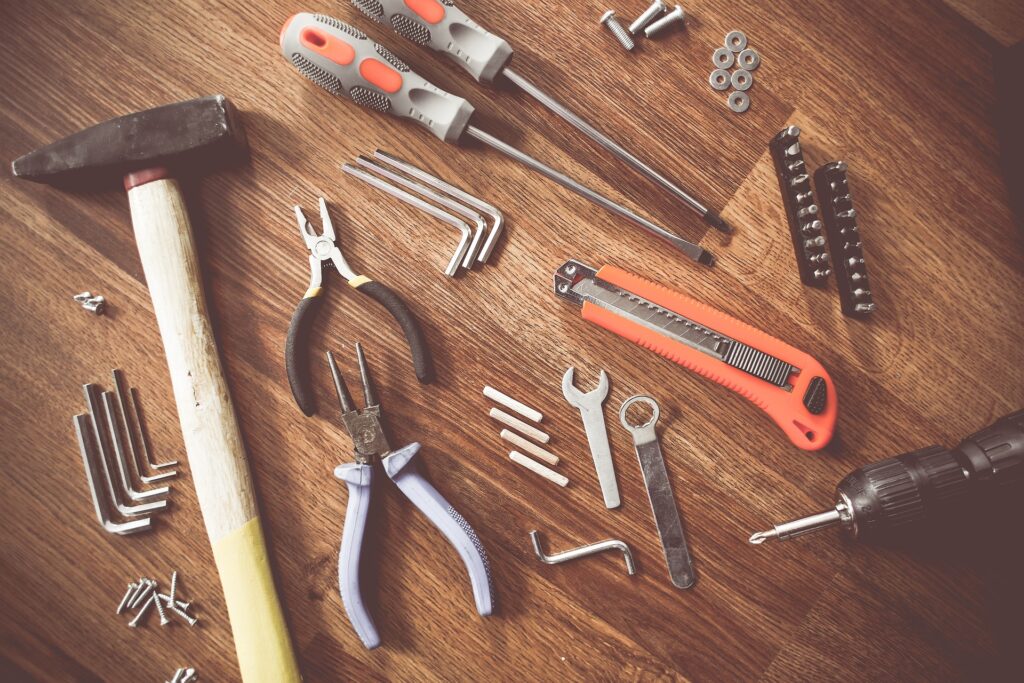Essay editor as a modern way to earn online on maternity leave
- April 3, 2024
If you’ve noticed a recent infestation of mosquitoes in your yard, you see water spilling out over the sides of your gutter runs, or if you seem to get more clogs in your gutters than expected, there’s a good chance your gutters are not properly leveled.
If you’re handy with DIY projects but aren’t well-versed in the proper installation of gutter systems, you might be tempted to grab your level and look for that centered bubble but the thing about gutters is…
They should NOT be level.
I mean, how else will the water flow toward the downspouts if you have gutter lines that are completely level? The water and debris that collects in your gutter urns will just sit there and not flow out and away from your home – as intended.
Over time, your gutters could become loose and sag in places, the house could settle and reduce the functionality of the drainage system, or a large storm in your area could have leveled them out but no matter the reason, it’s time to fix them up.
The question becomes, how do you level your gutters correctly to ensure that water flows and your clogging problems become a distant memory?
Let’s find out…

Before beginning any home improvement or repair project, it’s imperative that you gather all the necessary tools and safety equipment. There’s nothing worse than being on top of a ladder and realizing that you need something from the store. It prolongs your project and gets you a bit stressed – which is never a great idea in the area of safety.
Gutters should slope downward slightly toward the downspouts – ¼ inch for every 10 feet of gutters. If your gutters are in sections, they are commonly manufactured in 10-foot sections, but if you have seamless gutters, you’ll have to do some measurements.
Note: The material list does not include any necessary replacement parts but assumes that all gutter pieces are in great condition and just need to be re-leveled.
Put on all your safety gear before beginning any home improvement project.
Before ripping down your gutters, check to ensure the cause of your sagging, unlevel gutters is not that the brackets are just loose or broken. Check each bracket and if that is the case, retighten each using a screwdriver or hammer (depending on the type of bracket fastener).
If your gutters are just bent, use a rubber mallet to gently bang them back into shape and see if that helps the situation. Oftentimes, bent gutters can cause water to spill out of the gutter runs.
If your brackets seem operational and no gutter sections are bent, proceed to the next step.
Measure from one end of the gutter run (the peak) toward the downspout – 10 feet at a time. Use your level to snap a level chalk line above or below your gutters every 10 feet and a second chalk line ¼ inch lower toward the downspout side only. If your gutters are ¼ lower in the direction away from the peak, that section is sloped correctly. If not, you’ll have that ¼ inch mark ready to level them.
Repeat this step for every 10 feet of gutters but ensure your beginning point is the “¼-inch lower than the peak” point.
First, remove your downspouts to avoid causing damage to them while taking down the gutter lines. With your chalk lines still intact, loosen and remove the sections of gutter runs. You may need a partner to assist with guiding the gutter runs to the ground to avoid gutter damage and the need for replacement sections.
Be sure to save the brackets, and screws for reuse. If lost in the yard, have some extra gutter screws handy.
While the gutters are down, check your fascia and soffit for water damage or rot. Decaying fascia boards are a common cause of malfunctioning gutters. If they deteriorate, now is a great time to replace them.
Using your new chalk line, rehang the gutters and ensure that the fasteners are tight to avoid further sagging, drooping, and off-slope drainage issues.
Congratulations! You’ve got properly-sloping gutters and you can say goodbye to damp basements, mold, mildew, and the risk of water damage all around your home!